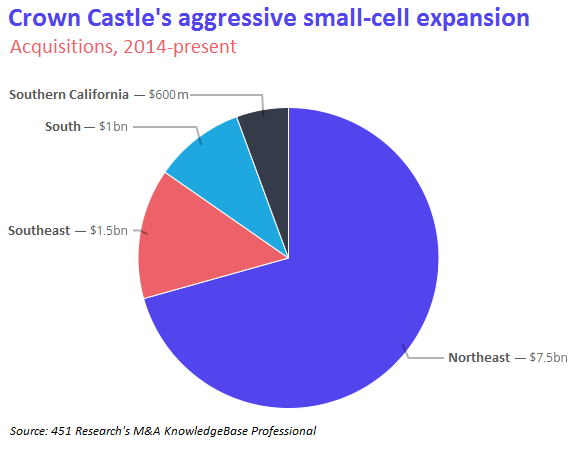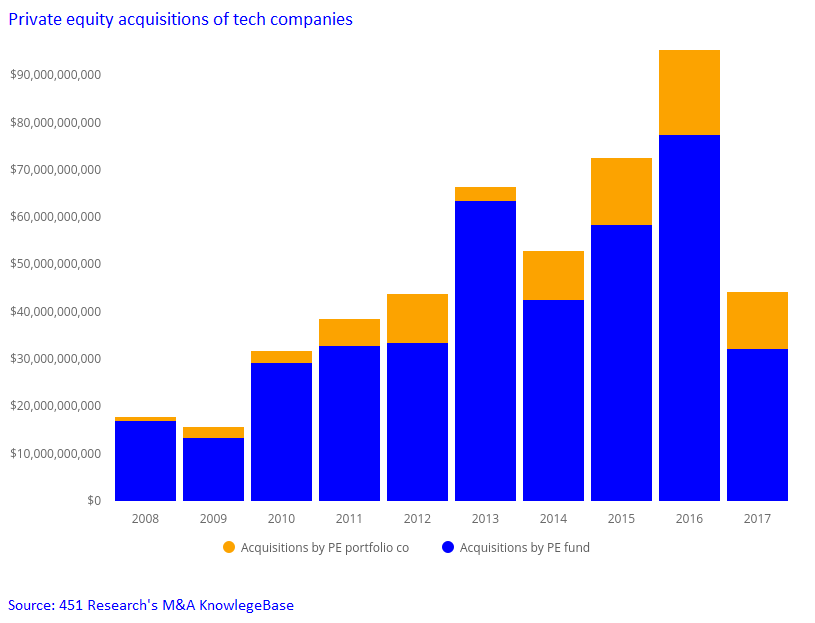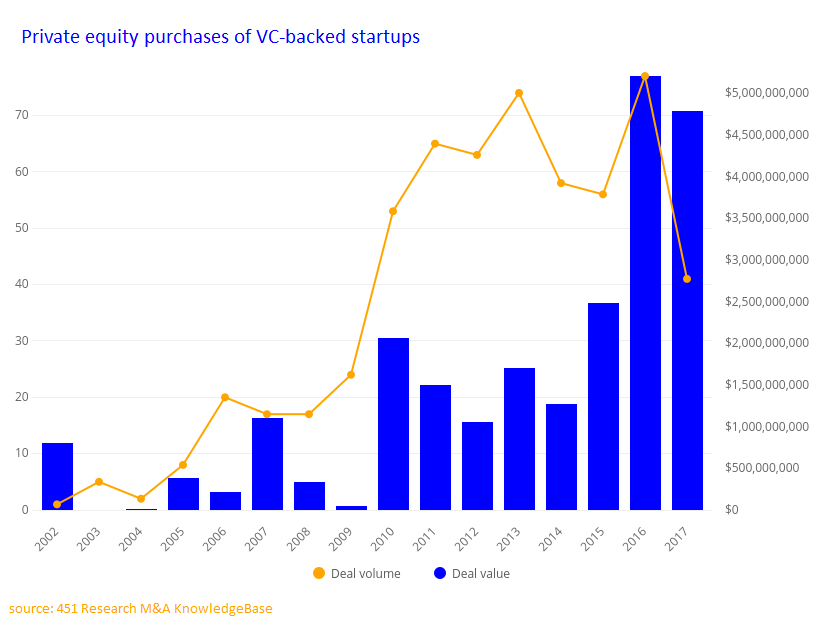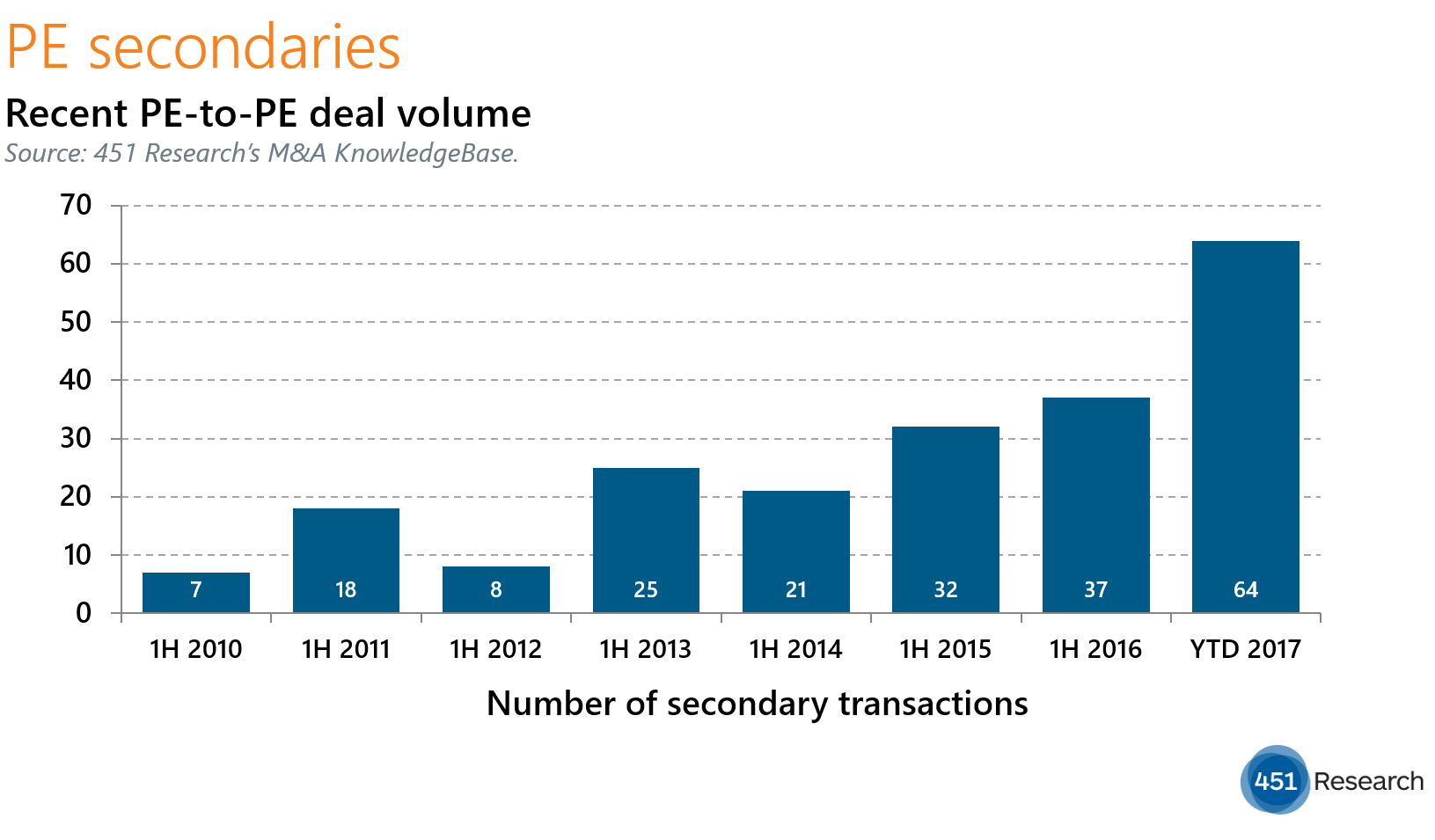Contact: Scott Denne
Up against a stagnant market for fitness trackers, Garmin reaches for Alphamantis Technologies, a maker of specialty products for cyclists. Today’s acquisition isn’t likely a sizeable one, as the target only has a few employees. Yet it highlights Garmin’s strategy of weathering a decline in one market through expansion into another, particularly specialized products with higher margins. Other companies with too much exposure to the wearables market – particularly Fitbit – would do well to get in Garmin’s slipstream.
Best known for its automotive navigation devices, Garmin has long sold GPS products into a variety of categories – fitness, aviation and outdoor recreation. Its revenue rose a modest 2% to $639m in the first quarter from a year earlier, despite a steep drop in automotive products, which still account for one-quarter of its business, and a modest decline in fitness trackers, which it blamed on a maturing market for basic wearables.
Our own data also shows that maturation. According to 451 Research’s most recent VoCUL survey, just 7.4% of people planned to buy a fitness tracker in the next 90 days – a response rate that hasn’t changed meaningfully in two years. More telling, the largest maker of wearables, Fitbit, shed 40% from its top line in the first quarter.
In response, Fitbit is turning to the smartwatch market, having inked two deals in that space since December. Our surveys show that market to be almost as flat as fitness trackers. More importantly, it’s a broad market that’s flooded with entrants from the legacy watch sector and the cell phone segment (including the world’s largest maker of consumer electronics).
Garmin’s purchase of Alphamantis brings it technology for tracking cycling performance data. A niche market to be sure, and in that sense, it’s similar to last year’s pickup of DeLorme, a maker of satellite radio products for hikers, boaters and pilots traveling to remote locations. Those niche markets, while lacking the scale of smartwatches, lead to higher margins. Garmin’s fitness business posted 56% gross margins last quarter – Fitbit didn’t crack 40% despite being twice the size.
For more real-time information on tech M&A, follow us on Twitter @451TechMnA.







